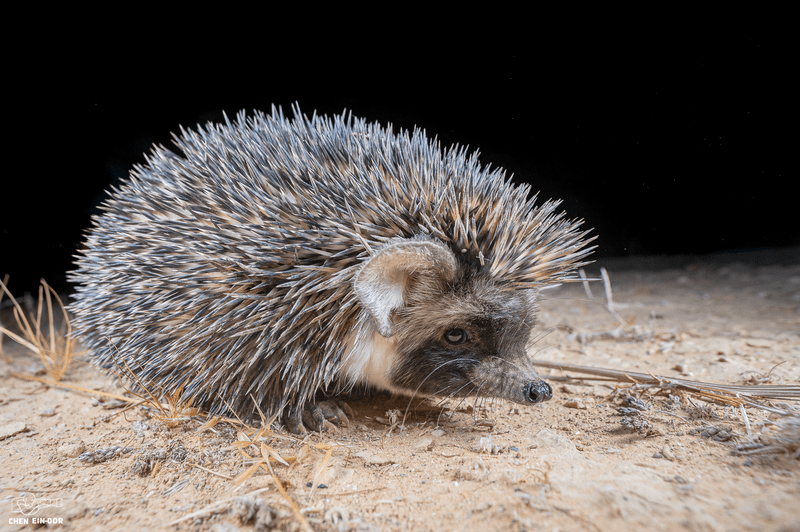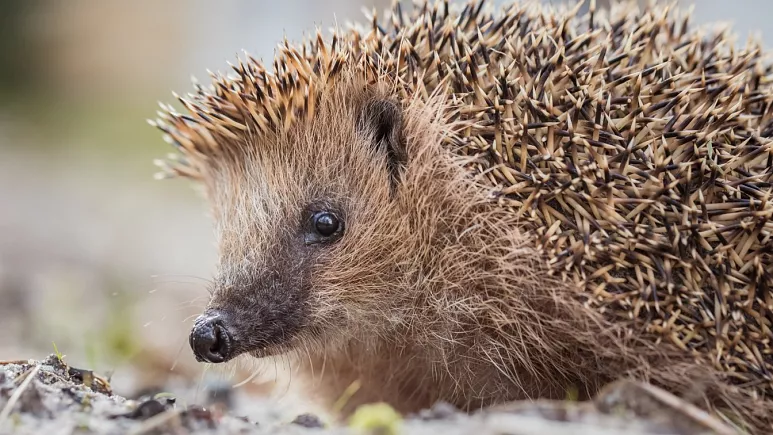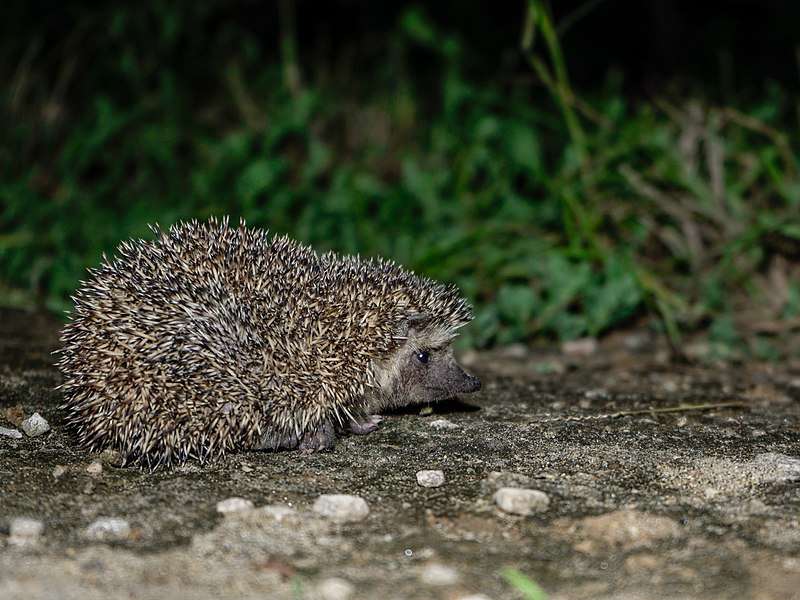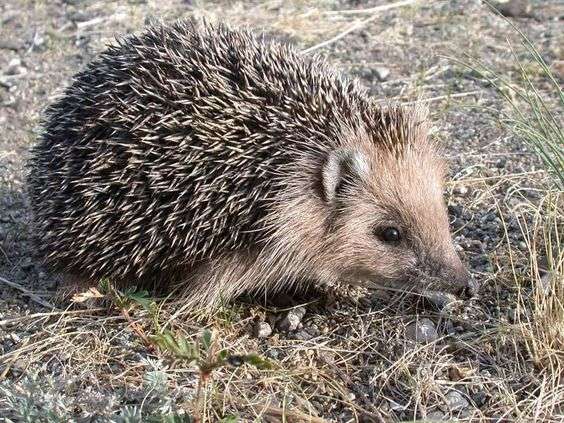
Description
Scientific Name: Paraechinus aethiopicus
Lifespan: Not known
Lifespan: In the wild, they only live for three to four years, but in captivity, they have been known to live for up to ten.
One of the tiniest hedgehogs you may find is the desert hedgehog, but because to its longer quills, it is more protected. The dark snout and broad, white, spineless strip across its face that continues to its sides provide this species its most recognizable characteristics. Due to its exceptional adaptability, this diminutive creature has flourished and kept a stable population despite the growing human settlement.
Habitat
In both the west and the east of northern Africa, in Egypt, Sudan, Ethiopia, and Eritrea, desert hedgehogs can be found in large numbers. They can also be found in the Canary Islands on Gran Canaria, where it was probably introduced, as well as the Middle East and the majority of the Arabian Peninsula. The Desert hedgehog thrives in arid environments like deserts and dry steppes, as suggested by its common name. It occasionally inhabits open forest, gardens, and cultivated regions, and it may favour places with increased food availability like oases and vegetated wadis.
Behavior
Desert hedgehogs are lone creatures who are awake at night. When they sleep, the security provided by the rocks and cliffs where they relax during the day keeps them safe from raptors. Between January and February, when the weather is colder, desert hedgehogs begin to hibernate. They may also become less active during the hottest months and when food is in short supply. Although all hedgehog species frequently curl up into a tight ball with only their spikes protruding, desert hedgehogs frequently try to flee from predators before turning into a spikey ball as a backup plan.
As Pet

Diet
Due to the desert hedgehog’s ability to consume insects, farmers can avoid using potentially harmful pesticides by using it to control pests. Additionally, it will consume small animals like frogs, snakes, scorpions, and others. It can survive snake venom several times more than other mice and is quite resistant to it.
Due to its preference for arid environments, the desert hedgehog has a unique kidney shape that enables it to survive for extended periods of time without drinking.
Living Conditions
Desert Hedgehogs like warm, dry climates. If you live in an area where they do, your garden is likely to draw them because they frequently seek refuge among sizable rocks that offer natural protection and enjoy foraging around greenery at night. The best spot to find them is next to water, where there is a lot of greenery that attracts insects as well. Even though they would undoubtedly appreciate our southwestern states, you cannot find them in the United States.
Table





